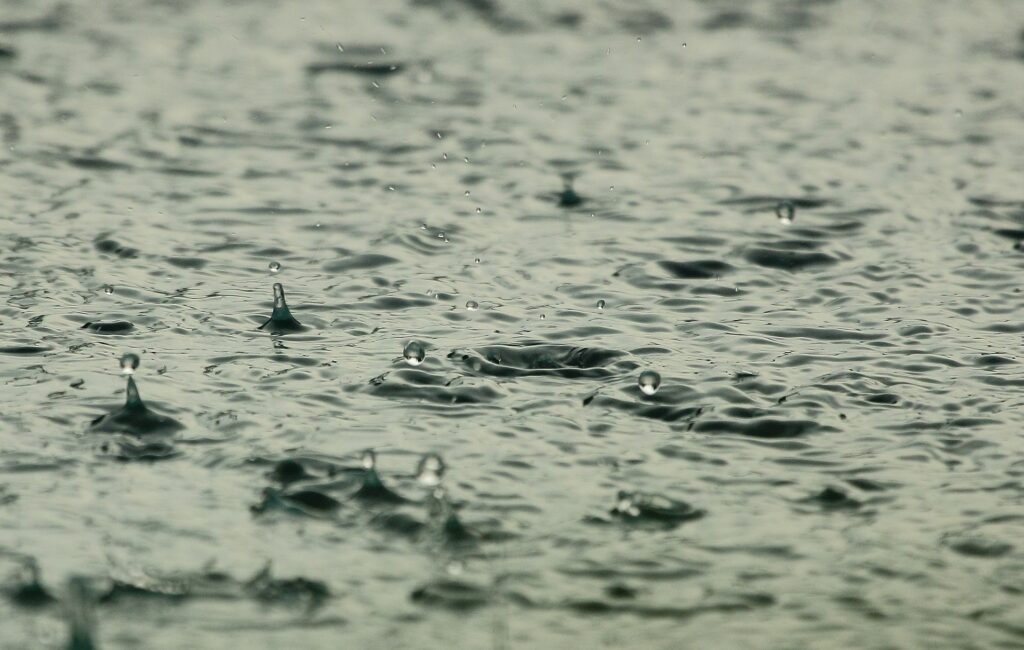A volunteer-led project to transcribe millions of archived rainfall records dating back nearly 200 years has unveiled several record-breaking statistics for the UK.
The Rainfall Rescue project was launched by the University of Reading in March 2020 and looked to digitally transcribe 130 years’ worth of handwritten rainfall observations from the Met Office archives.
Some 16,000 volunteers responded to the challenge, digitizing 5,200,000 observations in just 16 days. Ahead of the two-year anniversary of the project launch on Saturday March 26, these records have now been made publicly available in the official Met Office national record, extending it back 26 years to 1836.
The volunteers’ efforts have revealed some new records for extreme dry and wet months across the UK, as well as providing more context around recent changes in rainfall due to human-caused climate change.
Professor Ed Hawkins, a climate scientist at the University of Reading and Rainfall Rescue project lead, said, “I am still blown away by the response this project got from the public. Transcribing the records required around 100 million keystrokes, yet what I thought would take several months was completed in a matter of days.
“Thanks to the hard work of the volunteers, we now have detailed accounts of the amount of rain that fell, back to 1836, as seen through the eyes of other dedicated volunteers from several generations ago. To put that in context, 1836 was the year Charles Darwin returned to the UK on the Beagle with vice-admiral Robert Fitzroy, and a year before Queen Victoria took to the throne.
“As well as being a fascinating glimpse into the past, the new data allows a longer and more detailed picture of variations in monthly rainfall, which will aid new scientific research two centuries on. It increases our understanding of weather extremes and flood risk across the UK and Ireland, and helps us better understand the long-term trends towards the dramatic changes we’re seeing today,” he said.
Dr Mark McCarthy, head of the Met Office’s National Climate Information Centre, said, “The UK rainfall record is notoriously variable, with extremes of weather presenting us with drought and floods. The more we can shine a light into the earlier chapters and extremes within the rainfall record, the better we are able to understand the risks presented to us by climate change and future extreme weather events.”
Notable details uncovered by Rainfall Rescue volunteers include:
- The driest year on record is now 1855 (786.5mm), thanks to the new data. It was previously thought to be 1887.
- For many regions, the driest May on record was May 2020 (England 9.6mm), when some volunteers were still helping confirm the Rainfall Rescue transcriptions. In doing so they shifted those records back to May 1844 (England 8.3mm)
- November/December 1852 were confirmed as exceptionally wet months – December 1852 now being the third wettest month on record in Cumbria (364.9mm) and November 1852 being the wettest month on record for large parts of southern England. Floods are known to have occurred in a number of locations at this time, and are known as the Duke of Wellington Floods as they started around the time of his state funeral in London
- Observations were made by people from a range of backgrounds – such as Lady Bayning, who recorded rainfall in Norfolk between 1835 and 1887, even taking her rainfall gauge to London for the social season
- A vast number of locations with rain gauges across the country were included, including one next door to Beatrix Potter’s Hilltop Farm in the Lake District, where she wrote many of her most famous books.
Pre-digital age
Paper records studied by Rainfall Rescue volunteers contained observations between 1677 and 1960, based on rain gauges located in almost every town and village across England and Wales.
Rainfall has been monitored systematically for the whole UK since the 1860s when George Symons established the British Rainfall Organisation to coordinate voluntary rainfall measuring activities, which later became a branch of the Met Office. However, the majority of the observations made in the pre-digital age, before 1960, have not previously been transcribed from the original paper records.
Each of the 66,000 pieces of paper held in the Met Office National Meteorological Archive showed monthly rainfall totals across a 10-year period and had been scanned during 2019. Many of the recordings were written in ornate handwriting, requiring human eyes to transcribe it.
The Met Office’s official UK rainfall series previously went back to 1862. Thanks to the Rainfall Rescue project, there is now around six times the amount of observational data for the period before 1960. The number of rain gauges contributing data to the national record for the year 1862 has increased from 19 to more than 700.
These earlier, detailed records could also help increase knowledge of the impact of how weather is affected by climate change not caused by humans.
After all the data had been transcribed, eight dedicated volunteers helped arrange the data into chronological sequences for each location. These eight volunteers are named as co-authors in a paper published in Geoscience Data Journal.
Some 3,300,000 of the newly-transcribed observations have been processed by the Met Office National Climate Information Centre and added to the publicly available national rainfall statistics.
Dr Catherine Ross, Met Office archivist, said, “This project has broken the definition of an archive. In its lifecycle a document moves from being a record, in everyday use, to an archive where it is kept as part of a memory – in our case the National Memory of the Weather. However, this project’s 66,000 formerly inanimate sheets of numbers have been given a new life by placing data that can be interrogated and compared into the hands of scientists at the Met Office and around the world.”



